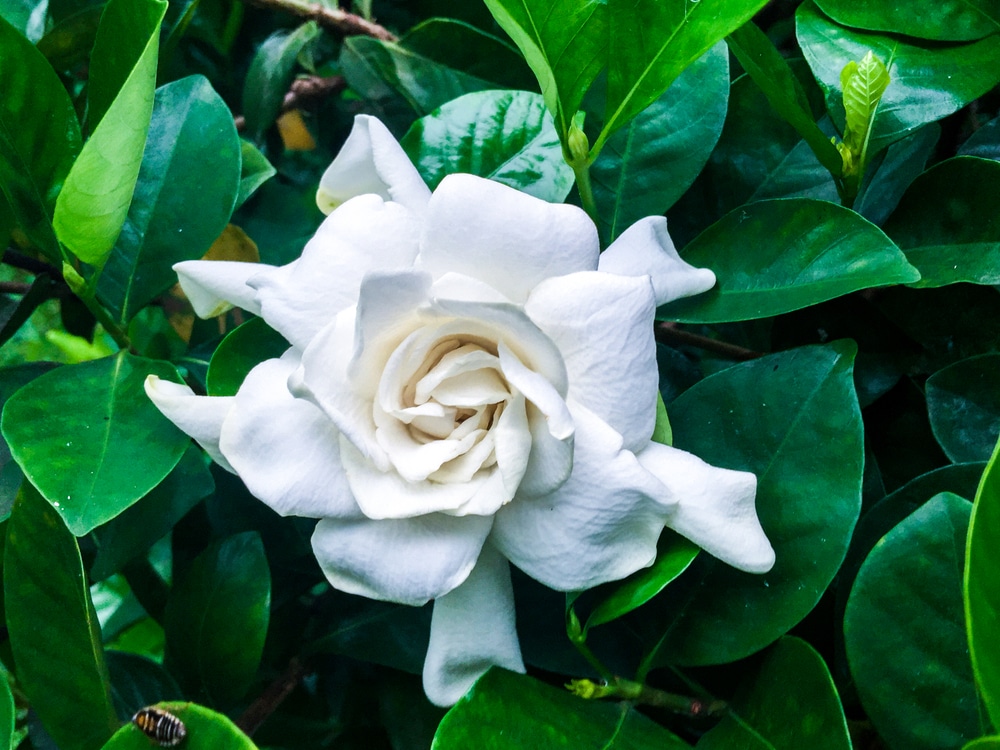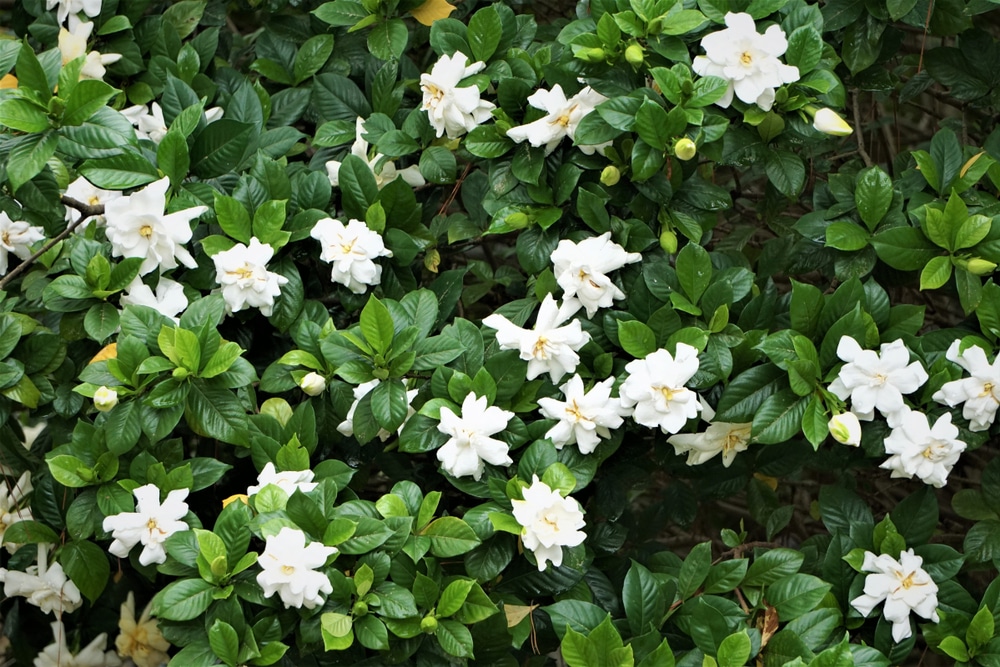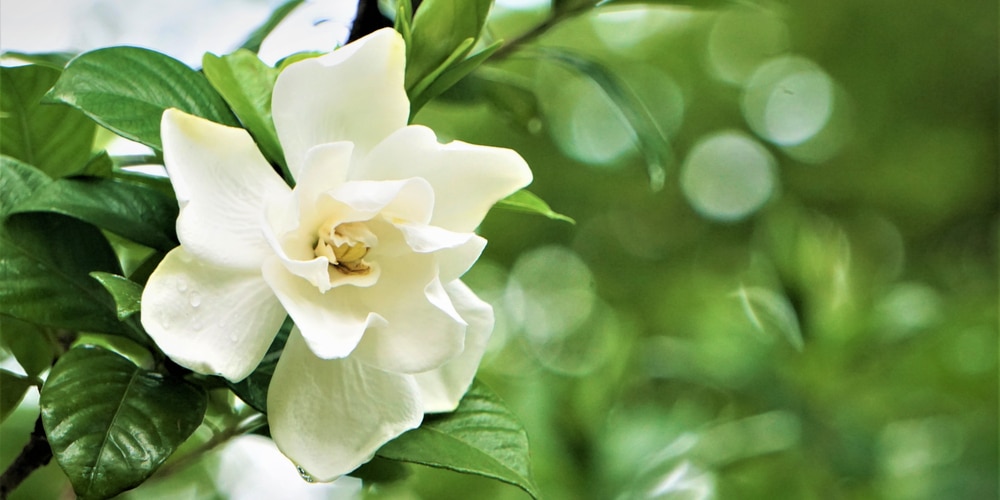Are you looking for a flower that is both beautiful and fragrant? Gardenias may be a perfect fit for your garden, then. They can be found in many different colors, but the most popular variety is the white gardenia. Let’s look at how to grow and care for Gardenia in zone 6.
What To Know About Gardenias
Gardenia has a beautiful, fragrant bloom that is popular in gardens around the world. They have a sweet, intoxicating fragrance. Moreover, the scent is incredibly complex, with notes of jasmine, orange blossom, and lily of the valley.
This heady mix of floral scents makes gardenias one of the most popular flowers for use in perfumes and scented products.
When To Plant Gardenias
Gardenias are best planted in the spring after the last frost has passed. In addition, they thrive in warmer USDA zones, 8-11. Fortunately, thanks to newer varieties of this flower, they are starting to be grown in the warmer months of zones 6-7.
How To Care for Gardenia in Zone 6
Gardenias are a popular choice for gardens and indoor plants, beloved for their sweet-smelling flowers. However, gardenias can be tricky to care for, and they often drop their blossoms prematurely.
Sunlight
Gardenias need just the right amount of sunlight to bloom. Generally, these flowers prefer a spot in the garden that gets partial sun and is sheltered from strong winds.
Too little sun and the flowers will be small and pale; too much sun and the flowers will be brown and crispy. Observing it throughout the day is the best way to determine how much sun your gardenia needs.
Soil and Fertilizer
Gardenias thrive in slightly acidic, damp soil with plenty of organic matter. However, the soil needs to be properly drained, as poor airflow due to soggy soil can cause damage to the roots. So before planting gardenias, amend the soil with compost or manure to help improve drainage.
Gardenias prefer slightly acidic soil with a pH of 5.5 to 6.5. If your soil is not within that range, there are several ways to reduce soil pH, including elemental sulfur and aluminum sulfate. Alternatively, you can plant acidic organic matter, such as sphagnum peat moss and pine needles, among others.
As for fertilizer, gardenias need one that is high in nitrogen, such as an 8-8-8 or 10-10-10 blend. Be sure to apply the fertilizer sparingly, as too much can damage the roots.
Watering
Gardenias require regular watering to stay healthy. However, gardenias are susceptible to root rot and other problems if they are overwatered. As a general rule, gardenias should be watered once a week, allowing the soil to dry out slightly between waterings.
During hot weather or times of drought, you may need to water your gardenias more frequently. Be sure to check the soil before watering, and only water when the soil is dry to the touch.
Pruning and Propagation
Pruning helps to encourage new growth, and it also helps to keep the plant healthy by removing any dead or damaged leaves.
If you want to propagate your gardenia, the best time to do it is in the spring. Take a cutting from a healthy branch, and then plant it in a pot filled with well-drained potting mix. Keep the cutting moist, and in a few weeks, you should see new growth emerging from the soil.
Top Three Recommended Gardenia Varieties
Gardenias come in a wide range of varieties, some more recommended than others. Here are the best Gardenia for Zone 6:
August Beauty Gardenia
The scent of the August Beauty gardenia has been described as being both sweet and fruity. Some say it smells like a mix of honeysuckle and citrus, while others compare it to the smell of ripe peaches.
Kleim’s Hardy Gardenia
The Kleim’s Hardy gardenia blooms from late spring to early summer, and its flowers are white with a touch of yellow in the center.
Deer and rabbits tend to leave this plant alone, making it a good choice for gardeners who live in areas where these animals are common. Moreover, they are beautiful yet low-maintenance plants that will add elegance to your landscape.
Tahitian Gardenia
The Tahitian gardenia, also known as the Tiare Flower, is a species native to Polynesia. The flowers are white with a strong, sweet fragrance reminiscent of jasmine.
The scent of the Tahitian gardenia is often used in perfumes and lotions, and the flowers are also used in leis and other traditional Polynesian crafts.


